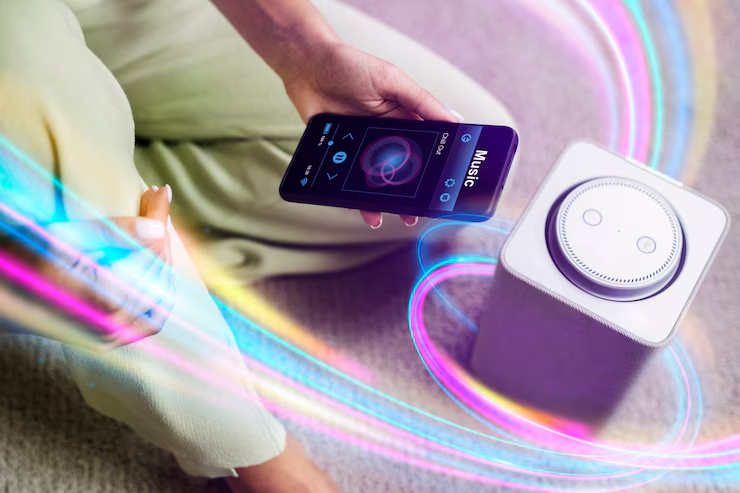
In today’s fast-paced world, time is arguably our most valuable resource — especially for creators, musicians, and businesses that rely on content production. One of the most groundbreaking innovations addressing this need is the time savings by using a AI music generator. These intelligent tools are not just a novelty; they are reshaping the way music is created by offering unprecedented time savings without sacrificing quality.
Traditional Music Creation: A Time-Intensive Process
Traditionally, composing a piece of music could take days, weeks, or even months. Musicians and producers typically go through multiple stages: ideation, composition, arrangement, recording, mixing, and mastering. Each step requires significant expertise, energy, and often collaboration with other professionals.
For brands, filmmakers, game developers, and independent creators, sourcing custom music meant either commissioning expensive compositions or spending countless hours sifting through royalty-free libraries trying to find the “perfect” track.
In both cases, the creative process — while deeply rewarding — has historically been a major bottleneck in project timelines.
How AI Music Generators Save Time
AI music generators dramatically streamline this process by automating key steps in music production:
- Instant Composition: With just a few inputs (such as desired genre, mood, tempo, or theme), AI can generate full-length tracks in minutes, not hours.
- Adaptive Iterations: Need a slightly faster beat or a different mood? AI can make quick adjustments without starting from scratch, allowing for rapid prototyping and fine-tuning.
- Elimination of Creative Blocks: By providing immediate musical ideas, AI tools help users overcome creative slumps, keeping projects moving instead of stalling.
- Reduced Revision Cycles: Since users can customize outputs on the fly, the need for back-and-forth revisions with human composers is greatly reduced.
- Automated Mixing and Mastering: Some advanced AI tools even offer basic mixing and mastering, reducing the need for additional post-production work.
Real-World Impact Across Industries
- Marketing and Advertising: Agencies can now produce background music for campaigns almost instantly, allowing quicker campaign launches.
- Gaming and App Development: Game developers can generate theme music or ambient sounds tailored specifically for levels or environments without delaying release schedules.
- Content Creators and YouTubers: Instead of spending hours finding the right track, creators can generate custom music that perfectly fits the tone of their videos.
- Film and TV: While big-budget productions still often use human composers, AI is becoming a popular choice for indie filmmakers needing quick, affordable scoring solutions.
Quality vs. Speed: Is Anything Lost?
One natural concern is whether speed compromises quality. Thanks to advancements in AI and machine learning, today’s music generators can create surprisingly rich, emotionally resonant pieces. While they may not yet replace top-tier human artistry for complex, nuanced scores, they are more than capable of delivering professional-grade results for many commercial, entertainment, and creative needs.
Moreover, many AI platforms allow users to tweak and guide compositions, blending the efficiency of AI with the human touch of artistic intuition.
The Future: Collaboration, Not Replacement
Rather than seeing AI as a replacement for human musicians, it is more accurate to view it as a collaborative partner — a tool that accelerates the creative process and frees up humans to focus on higher-level artistry, storytelling, and emotional depth.
The most successful creators of the future will likely be those who embrace these tools, using AI to handle repetitive tasks and spark new ideas, while applying their own vision to refine and elevate the final product.
Conclusion
AI music generators are not just about making music faster; they are about unlocking creative potential by removing the traditional barriers of time and technical skill. For individuals and organizations alike, embracing this technology can mean producing more content, experimenting more freely, and ultimately achieving greater creative output in less time.

